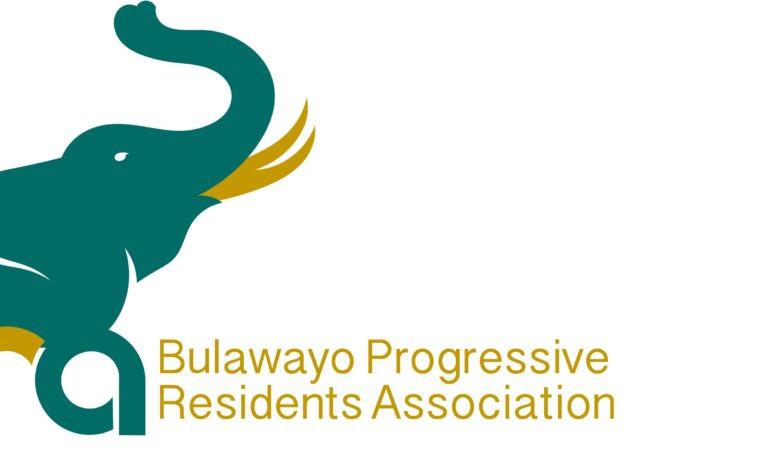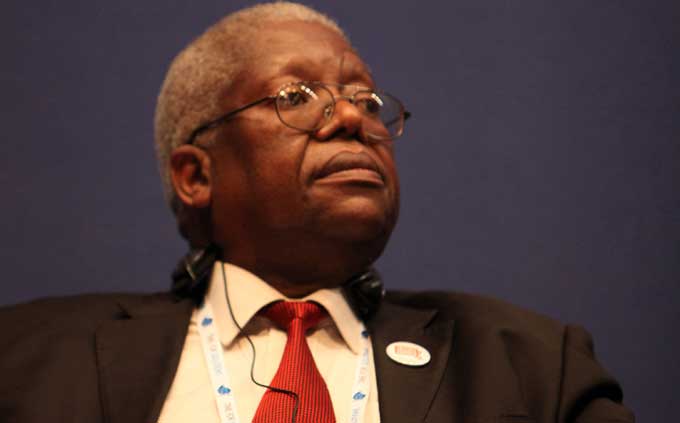
BY FREEMAN MAKOPA
ZIMBABWE will spend about US$200 million for power imports this year to bridge a gap stemming out of depleted internal production, a government official has said.
Gloria Magombo, the permanent secretary in the Ministry of Energy and Power Development, told Standardbusiness that while imports were helping to power the economy, expansion projects currently underway would transform Zimbabwe into a net exporter.
“The country needs between 50 megawatts (MW) and 400MW of power to cover peak and standard demand and also depending on how the internal generation is doing, the bill will vary from US$10 million to US$18 million a month,” Magombo noted.
She spoke as foreign currency shortages that have unsettled the market for over three years continued, with authorities calling for import substitution products that will help Zimbabwe reduce imports and save United States dollar stocks.
“The power purchase agreements are different for each source including the Southern African Power Pool day ahead market,” Magombo added.
“New generation capacity projects are under construction and some are being commissioned.
These include the Hwange 7 and 8 coming online by 2022, independent power producers, about 60 megawatts by end of year whist others are at different levels of project development.”
- Chamisa under fire over US$120K donation
- Mavhunga puts DeMbare into Chibuku quarterfinals
- Pension funds bet on Cabora Bassa oilfields
- Councils defy govt fire tender directive
Keep Reading
In the past few months, rolling blackouts have returned to haunt the country.
Both domestic and industrial consumers have suffered load shedding of up to 10 hours a day.
The country imports electricity from regional peers, South Africa and Mozambique, as well as generally through the Southern African Power Pool (SAPP), a grouping of the region’s major power stations.
Apart from the power crisis, companies have also been exposed to high inflation, high costs of production and an unsustainable taxation regime.
National power utility, Zesa Holdings, which has said it is failing to access foreign currency on the forex auction system, has been overwhelmed after prolonged under-capitalisation, which analysts say could also affect growth plans.
Magombo said investors had expressed an interest in investing in Zimbabwe’s power sector.
“We have a lot of , who want to come into the sector as Zimbabwe is open for business.
“The fact that we have a supply demand deficit presents a huge opportunity for investments,” she said.
“We are also open to innovative solutions to meet our demand.
“We believe that over and above external investors, we urge local investors including pension funds and insurance companies to invest in the energy sector.
“The number of energy projects licensed by the Zimbabwe Energy Regulatory Authority (Zera) is also testimony to the huge interest and commitment.
“Locals can invest in own generation projects and take advantage of net metering regulations to supply the grid and bank their power to use later,” Magombo added.
So dire is the power situation that authorities have embarked on massive projects, including the US$1,5 billion Hwange power station upgrade.
Zesa Holdings executive chairperson Sydney Gata told journalists during a tour of the 920-megawatt (MW) Hwange Power Station recently that rolling blackouts currently affecting the economy would be addressed by January 2022.
“Electricity supply is a unique service, which is demanded instantly,” Gata said.
“This asset was designed and commissioned in 1983 using 1970s technology, but has been operating non-stop.
“I am not saying we are ending load-shedding, but come January, you will notice changes.
“This will come from improved HPS (Hwange Power Station) operations and maintenance of the plunge pool at Kariba, which we will finish in December.”
Data from the Zimbabwe Power Company shows that generation has plummeted to about 10% of installed capacity at two of its five plants, while a third has been idle due to lack of funding.
The power giant, with an asset base of about US$4,5 billion as at December 2019, presides over a massive electricity generation infrastructure — a mix of thermal and hydroelectric facilities.










